Blog
What Is Silk And Types, Characteristics, Uses of Silk
Silk, a fabric synonymous with luxury and elegance, has captivated humankind for centuries. Its shimmering beauty, soft touch, and remarkable durability have made it a prized material for everything from royal robes to everyday wear. Its story is intertwined with ancient trade routes, innovative technologies, and enduring traditions. But what exactly is silk, and where does this magical fabric come from?
What is Silk? What does silk come from?
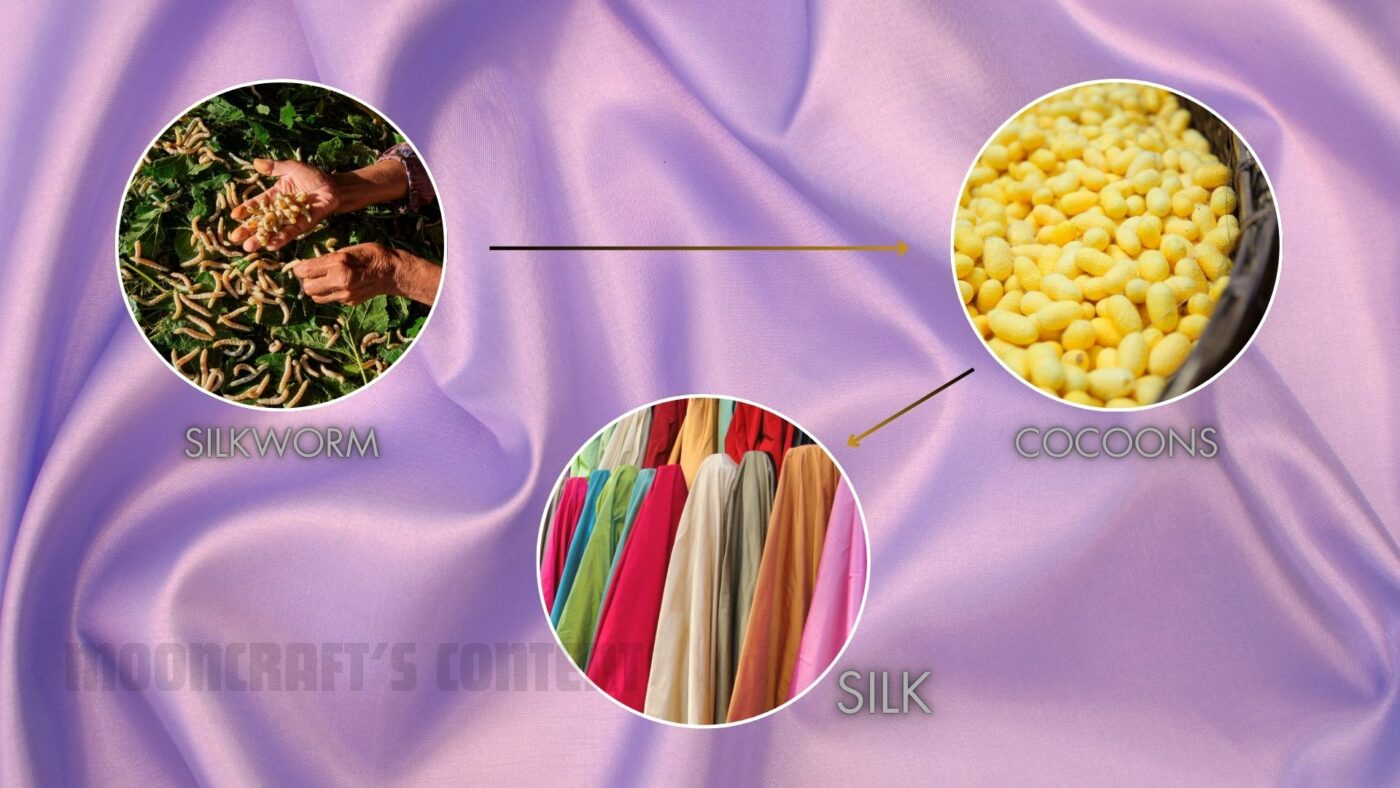
Silk is a natural protein fiber produced by certain insect larvae, most notably the silkworm Bombyx mori. These industrious creatures spin cocoons made of a single continuous thread of silk, which humans then harvest and process into the fabric we know and love.
The practice of raising silkworms for silk production is known as sericulture, a tradition that dates back nearly 5,000 years to ancient China. Legend credits Empress Leizu with the discovery of silk when a silkworm cocoon fell into her tea, unraveling its delicate thread.
The sericulture process involves carefully cultivating mulberry trees, the silkworm’s sole food source. The silkworms are then raised in controlled environments, feeding on mulberry leaves until they begin to spin their cocoons. These cocoons are then harvested, and the silk filaments are carefully unwound and spun into thread.
Types, Characteristics and Uses of Silk
Not all silk is created equal. Several varieties exist, each with its own unique characteristics and uses:
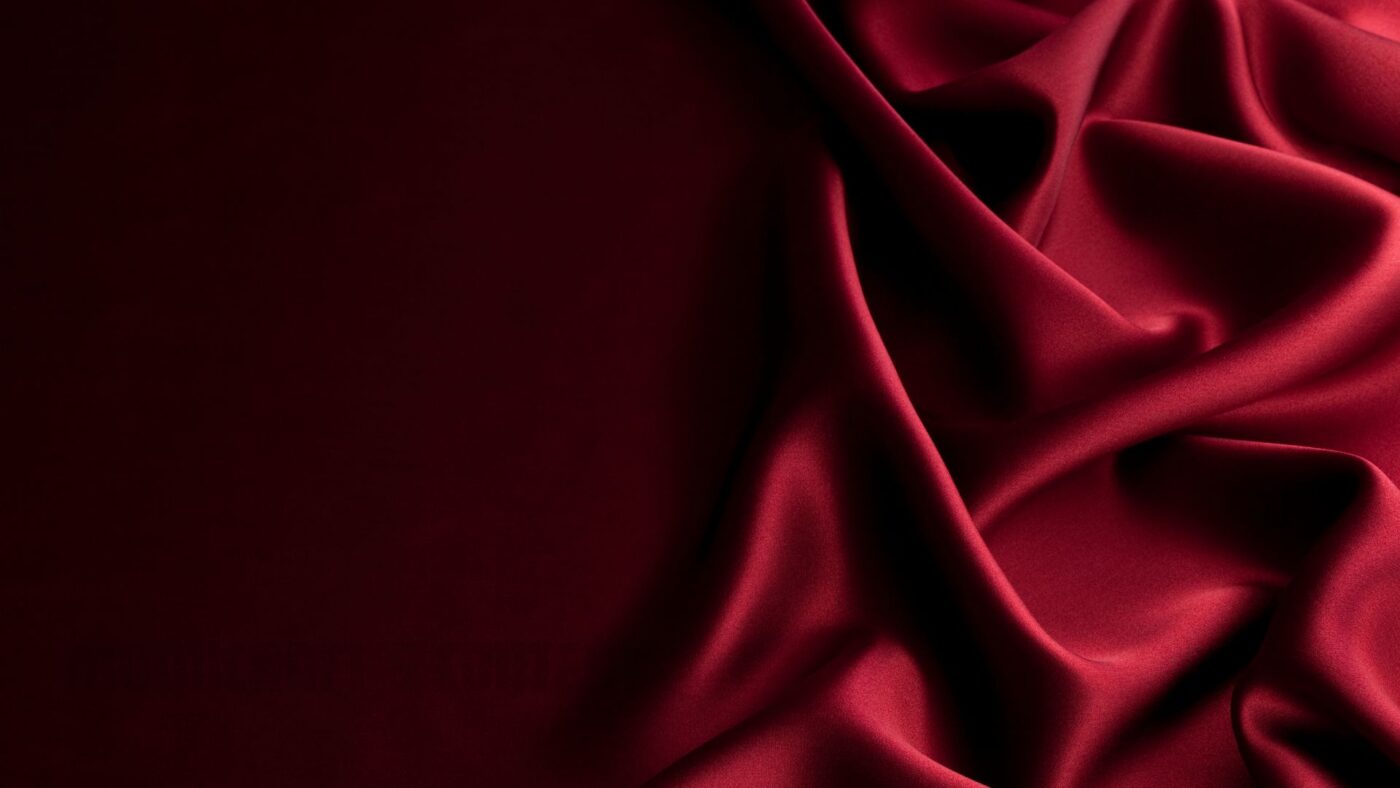
Mulberry Silk: The most common type, comprising about 90% of the world’s silk production, is known for its smooth texture, lustrous sheen, and durability. Its fine fibers allow for intricate weaving and a luxurious drape. Used for high-end clothing, bedding, and other luxury items.
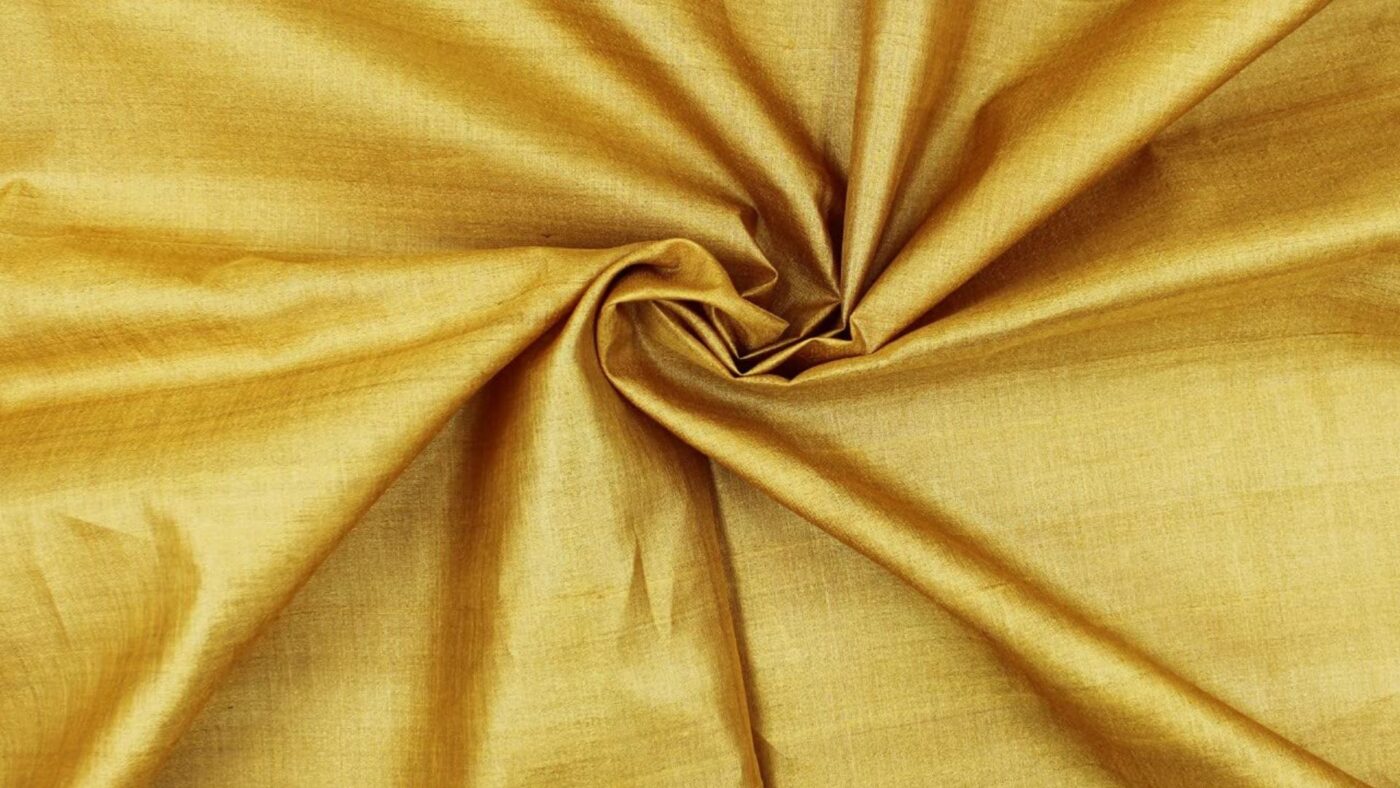
Tussar Silk: A wild silk produced by silkworms that feed on oak and other trees, giving it a coarser texture and a distinctive golden hue. Often used for home furnishings and more rustic garments, it offers a more sustainable and eco-friendly option.
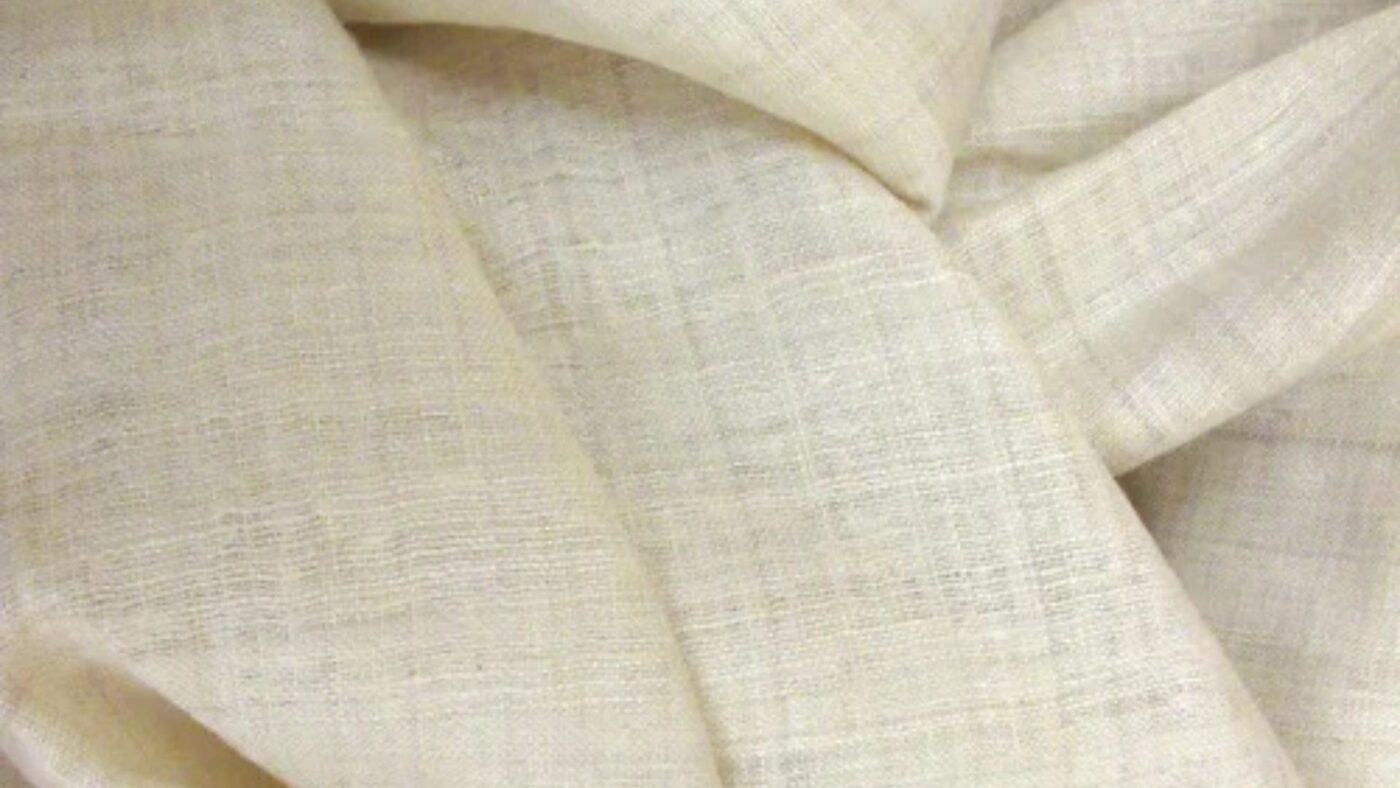
Eri Silk: Also known as peace silk or Ahimsa silk, it’s produced without harming the silkworms, allowing them to emerge from their cocoons naturally. It has a slightly coarser texture and a matte finish, lending itself well to shawls, blankets, and other lightweight fabrics.
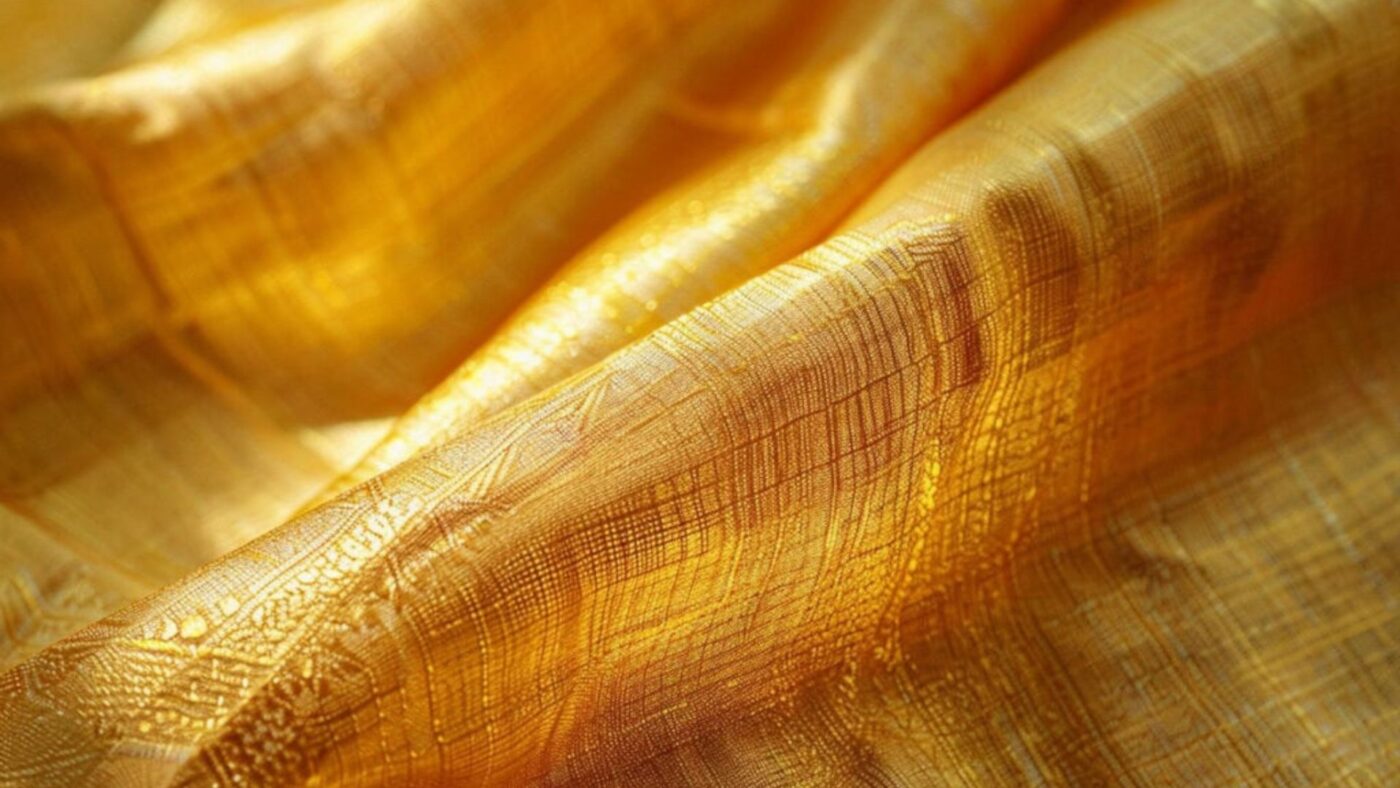
Muga Silk: A golden-yellow silk produced primarily in Assam, India, known for its shimmering appearance and exceptional durability. It’s resistant to wrinkling and washing, making it ideal for traditional garments and heirloom pieces.
Silk, regardless of the type, boasts several desirable characteristics: It’s lightweight yet strong, drapes beautifully, absorbs moisture well, is naturally hypoallergenic, and offers excellent insulation – keeping you cool in summer and warm in winter.
In these types of silk, there are also many different types of silk weaving with different names. I will have a separate article for this issue to explain these silk weaving terms.
What Does Silk Feel Like?
Imagine running your hand across a cool, smooth petal. That’s the closest approximation to the sensation of touching silk. It’s a uniquely luxurious experience, a blend of softness and subtle slipperiness that distinguishes it from other fabrics.
Mulberry silk, with its long, continuous filaments, feels incredibly smooth and almost weightless against the skin. Wild silks like Tussar and Eri offer a slightly coarser, more textured feel, adding a unique dimension to the tactile experience.
What Does Silk Look Like?
Silk possesses a unique luster, a shimmering quality that makes it appear to glow. This sheen is due to the triangular prism-like structure of the silk fiber, which refracts light in multiple directions. This natural shimmer gives silk garments a luxurious depth and richness.
Silk can be dyed in a vast array of colors, from rich jewel tones to delicate pastels, further enhancing its visual appeal. Its natural sheen also interacts beautifully with different types of lighting, creating a dynamic and captivating effect.
What Is Silk Used For?
The uses of silk are as diverse as its varieties. Mulberry silk, the most versatile, is a staple in high-end fashion, used for dresses, blouses, scarves, ties, lingerie, and sleepwear. It’s also a popular choice for luxurious bedding, adding a touch of elegance to any bedroom.
Wild silks like Tussar are often used for home furnishings, such as curtains, upholstery, and decorative pillows, adding texture and warmth to interior spaces.
Eri silk, with its peaceful production process, is often favored for shawls, blankets, and other lightweight garments, offering a sustainable and ethical choice.
Muga silk, with its durability and golden sheen, is often used in traditional Assamese garments, such as the *mekhela chador*, a two-piece draped garment.
The Most Beautiful Silk Clothes
Throughout history, silk has been used to create some of the most breathtaking garments. From the elaborate silk kimonos of Japan, with their intricate woven patterns and symbolic motifs, to the elegant sarees of India, draped and adorned with vibrant colors and embellishments, silk has played a central role in traditional attire around the world. The Chinese *qipao*, a form-fitting dress, showcases the elegant drape and sheen of silk.
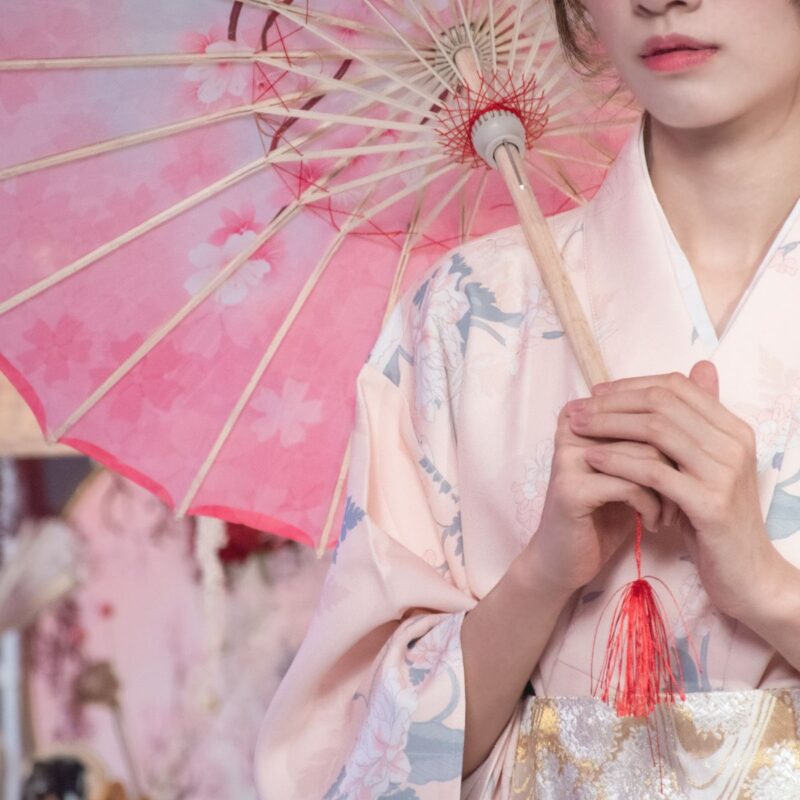
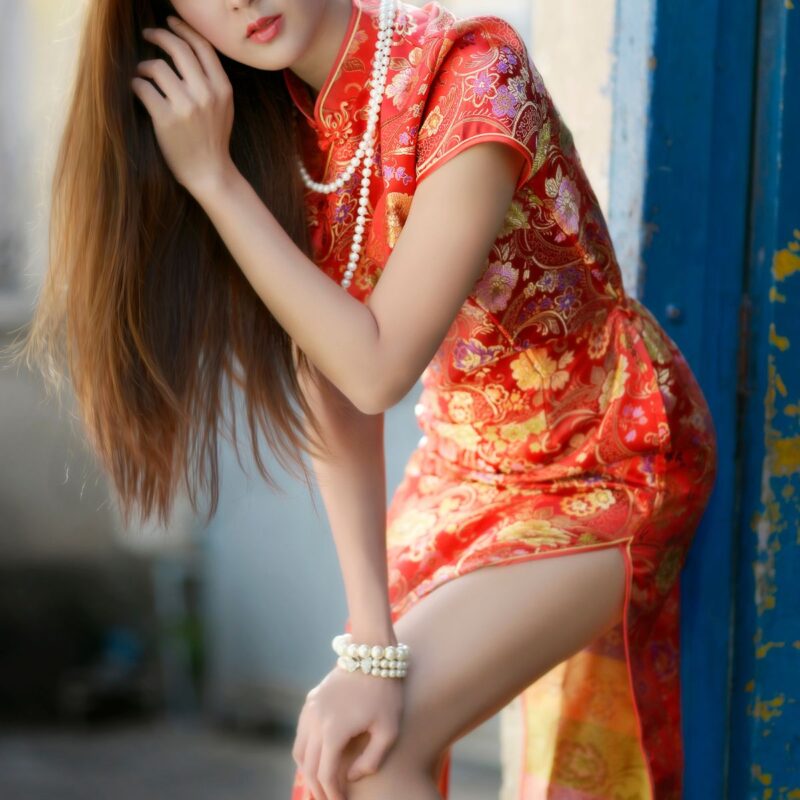
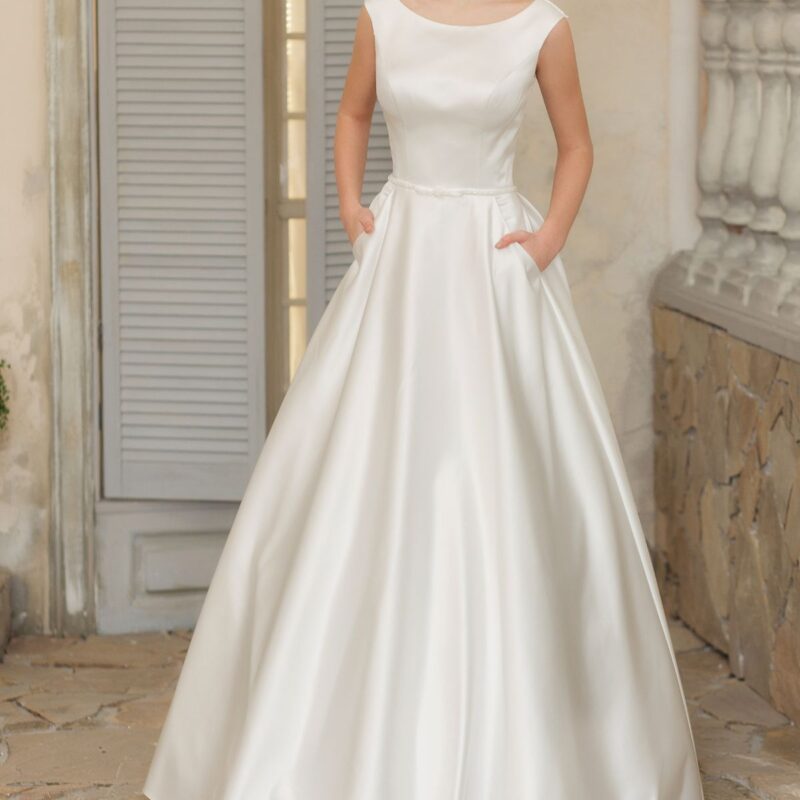
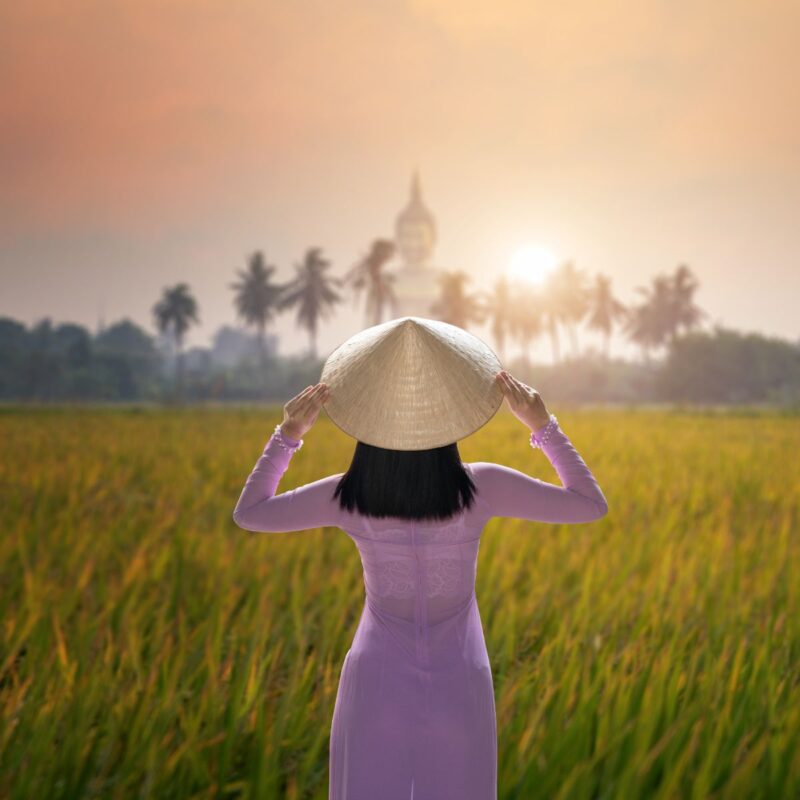
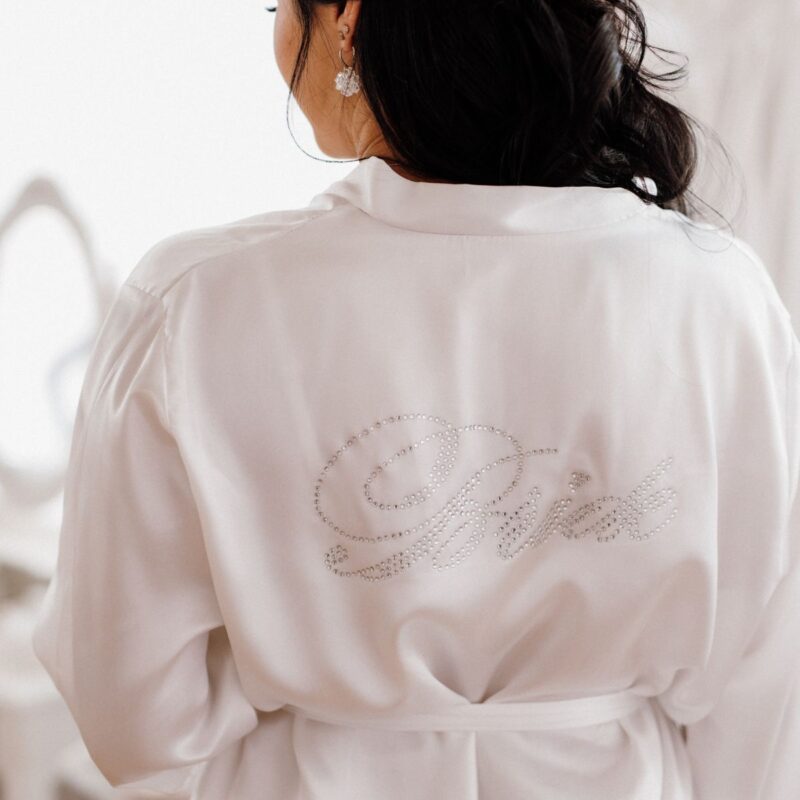
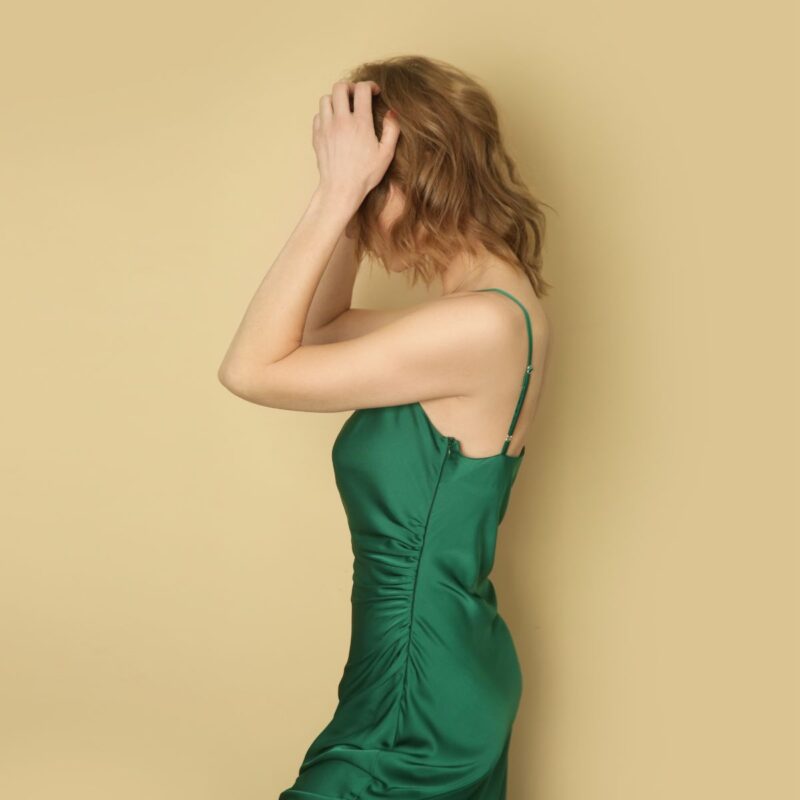
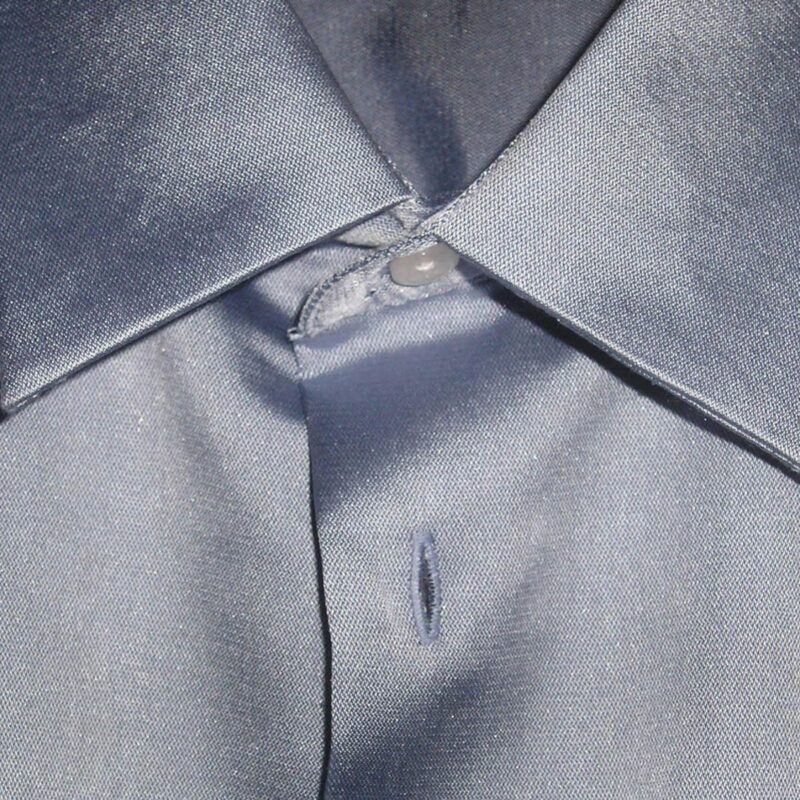
In the realm of high fashion, designers continue to push the boundaries of creativity with silk, crafting stunning gowns, intricate embroidery, and avant-garde silhouettes that showcase the fabric’s versatility and timeless appeal. Think of the flowing red carpet gowns, the intricately embroidered bridal wear, and the sleek and sophisticated cocktail dresses – silk elevates any design to a new level of luxury.
MoonCraft – The Best Instant Tailoring Service for Silk Clothes
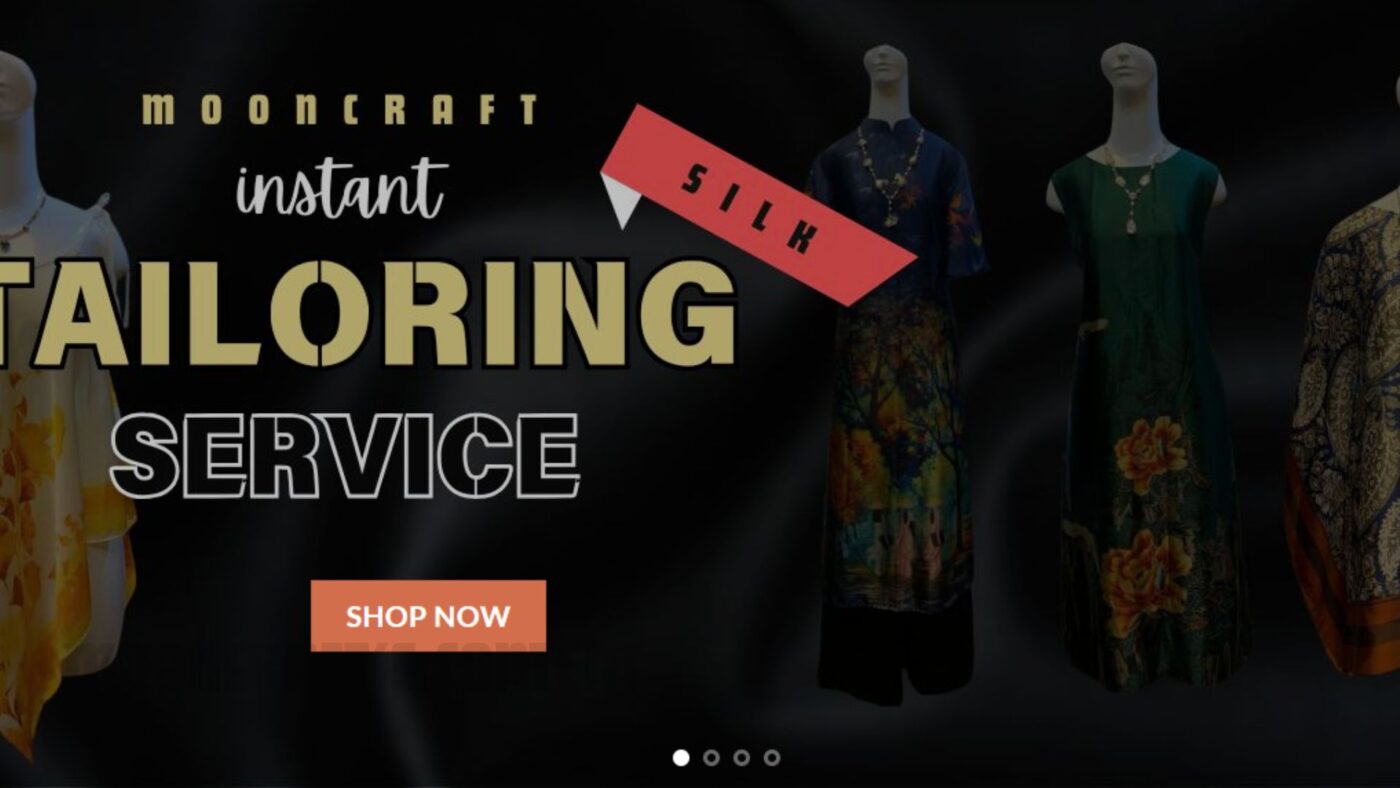
If you are looking for some beautiful silk clothes, dresses… you can visit our shop. We have some silk products designs as well as the typical Vietnamese silk ao dai. Ao dai is the national costume of Vietnam, one of the silk outfits that best accentuates the beauty of women. With our online instant tailoring service, you can order a tailor-made order to fit your measurements in just a few simple steps.
Conclusion
From the humble silkworm to the most glamorous red carpets, silk’s journey is a testament to its enduring allure. Its unique combination of strength, softness, and shimmering beauty makes it a truly special fabric, prized for millennia and still coveted today. Whether you’re seeking luxurious comfort, timeless elegance, or a touch of natural splendor, silk remains a timeless choice, a testament to the enduring power of nature’s ingenuity.


